#CLST6 For my #RR19, I explored material culture on Dartmouth's campus. I focused on culture that will survive for the future but does not have an easily distinguishable purpose in society. For example, college campuses often have outdoor artwork such as these two pieces. /1
Seeing this artwork made me wonder if ancient peoples had any large structures such as these which had no definable purpose. How will future archaeologists classify these pieces? Walking around campus, I also came across this fire-hydrant, bus stop, and bike rack. /2
These are other examples of durable structures which I imagine would be very hard to understand without additional context. This also highlights the importance of textual evidence in the study of archaeology. /3
In many cases, such as the bike rack, material culture could mean almost nothing without surviving evidence to describe its function. Dartmouth's material culture reminded me of the Archaeological Survey and Regional Approaches webinar by the American School of Classical Studies
[1]. They talked about the difficulty of defining a site because it is often beneficial to survey a large area of land in order to compare artifacts. Similarly, I think campus would be a hard site to define due to its many architectural complexities. /5
Also, the reading discussed how "nobody lives in just one place...to understand the past, we need to examine the range of places where ancient peoples lived" [2]. Colleges are great examples of people living in multiple places. /6
Sources:
1. https://vimeo.com/456910779
2. Kelly and Thomas 2012: “Doing Fieldwork: Surveying for Archaeological Sites”
1. https://vimeo.com/456910779
2. Kelly and Thomas 2012: “Doing Fieldwork: Surveying for Archaeological Sites”

 Read on Twitter
Read on Twitter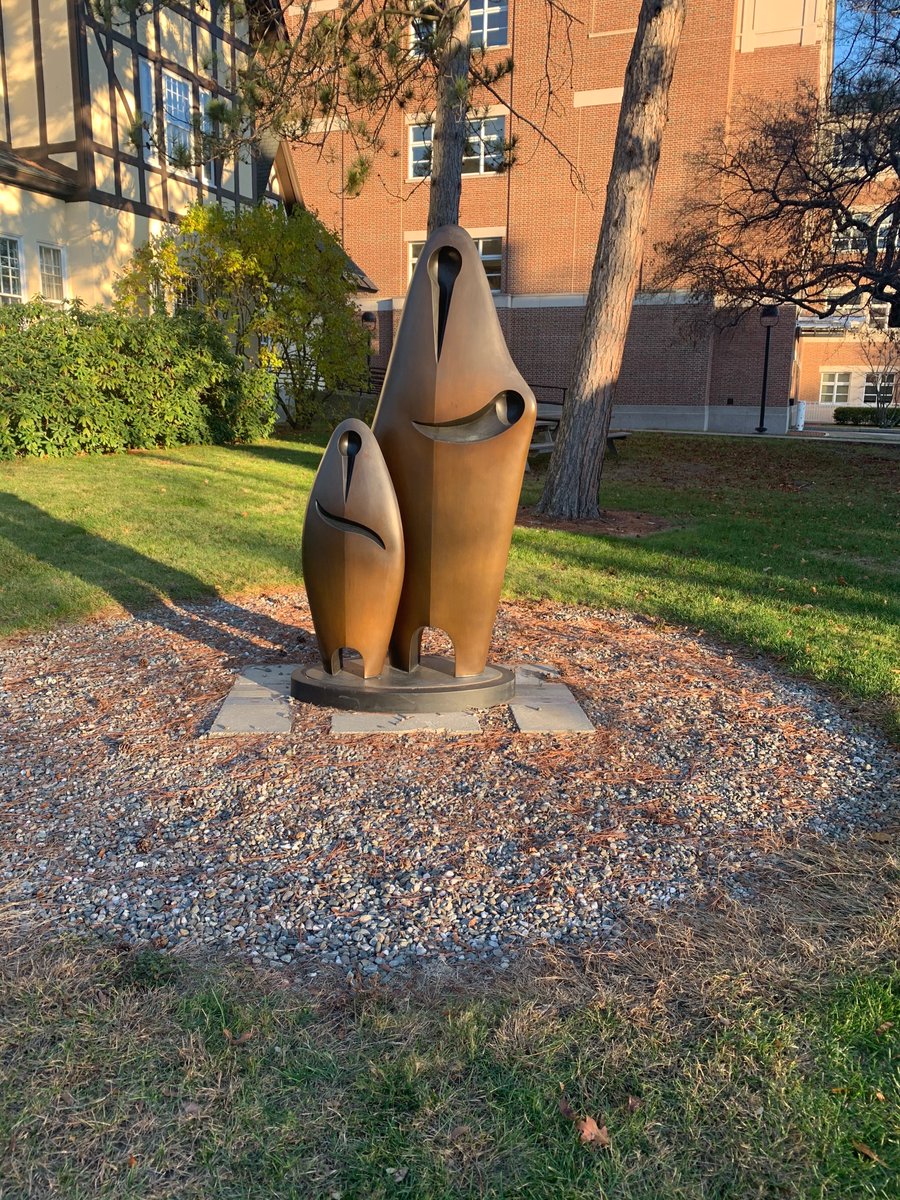
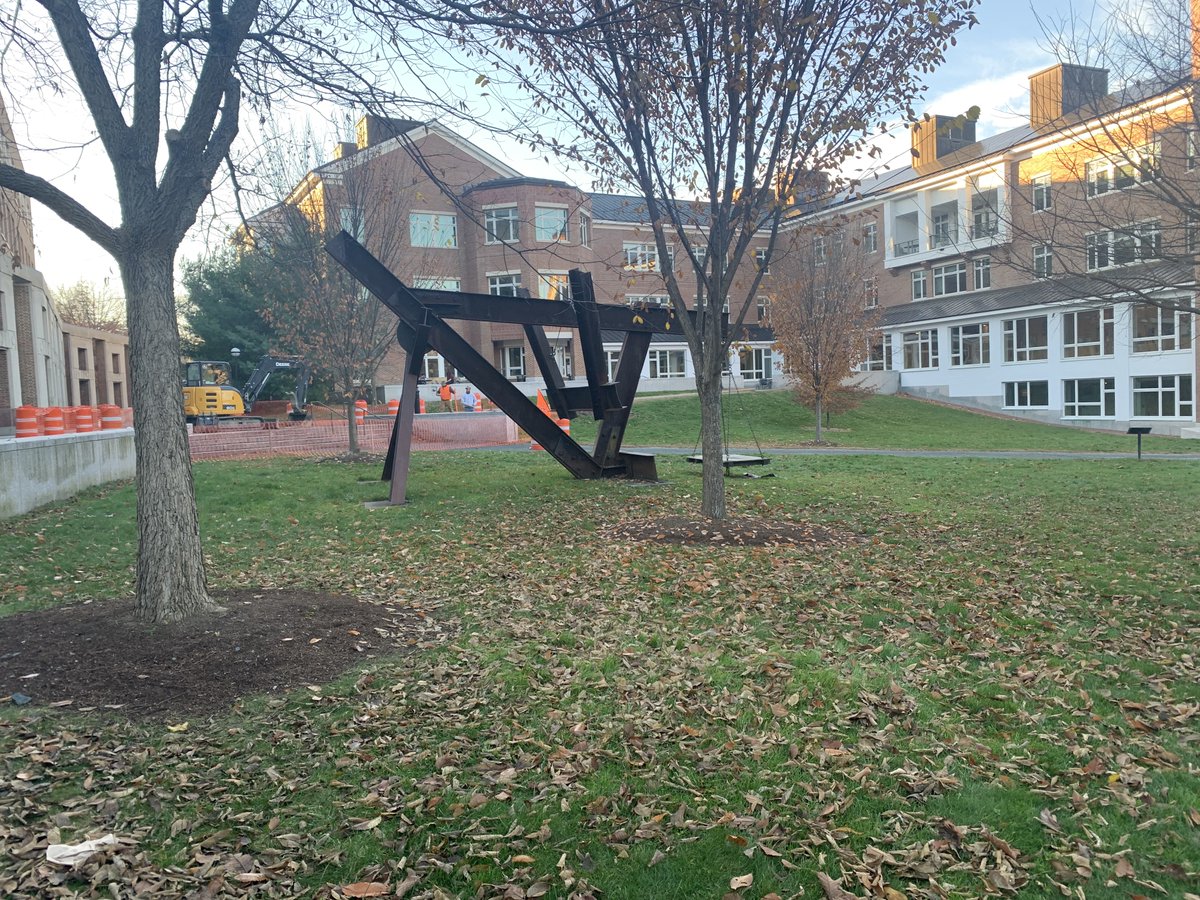
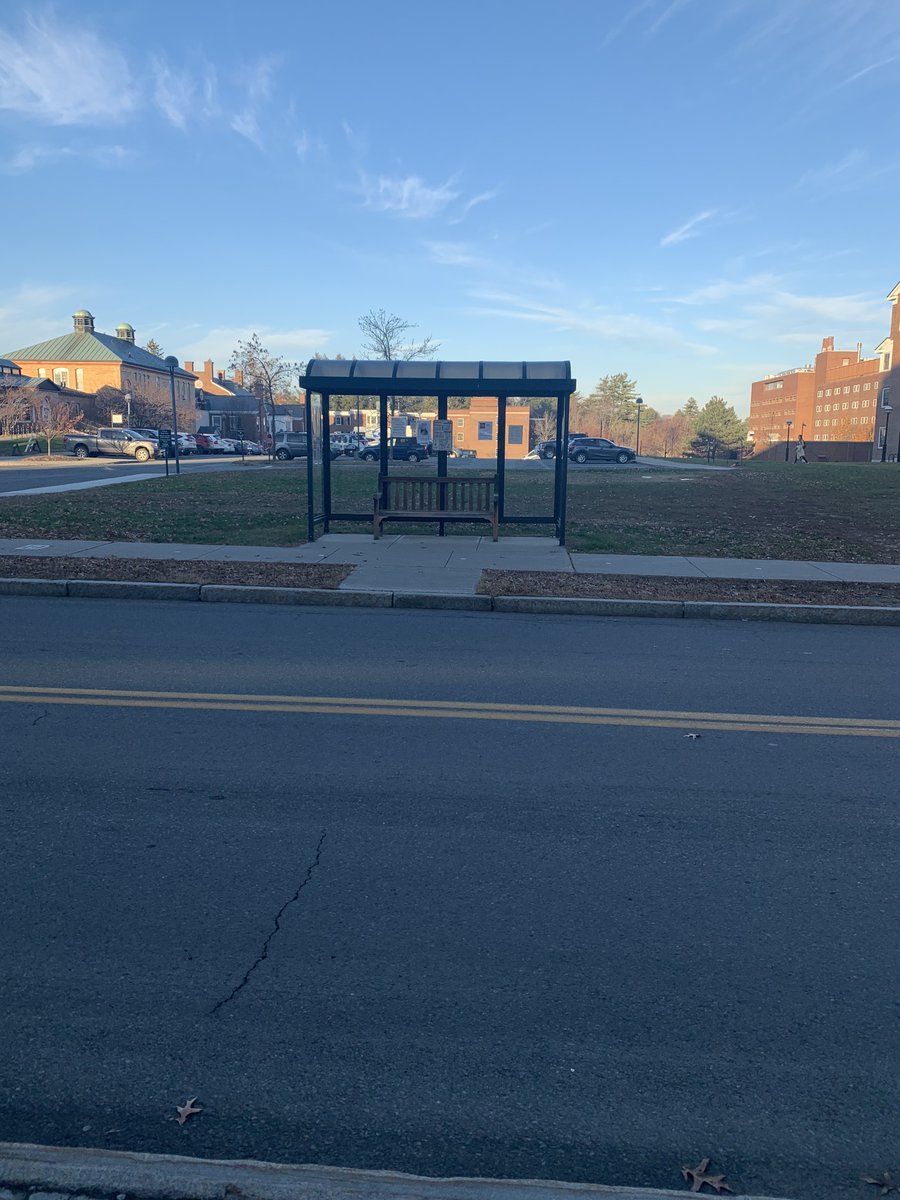
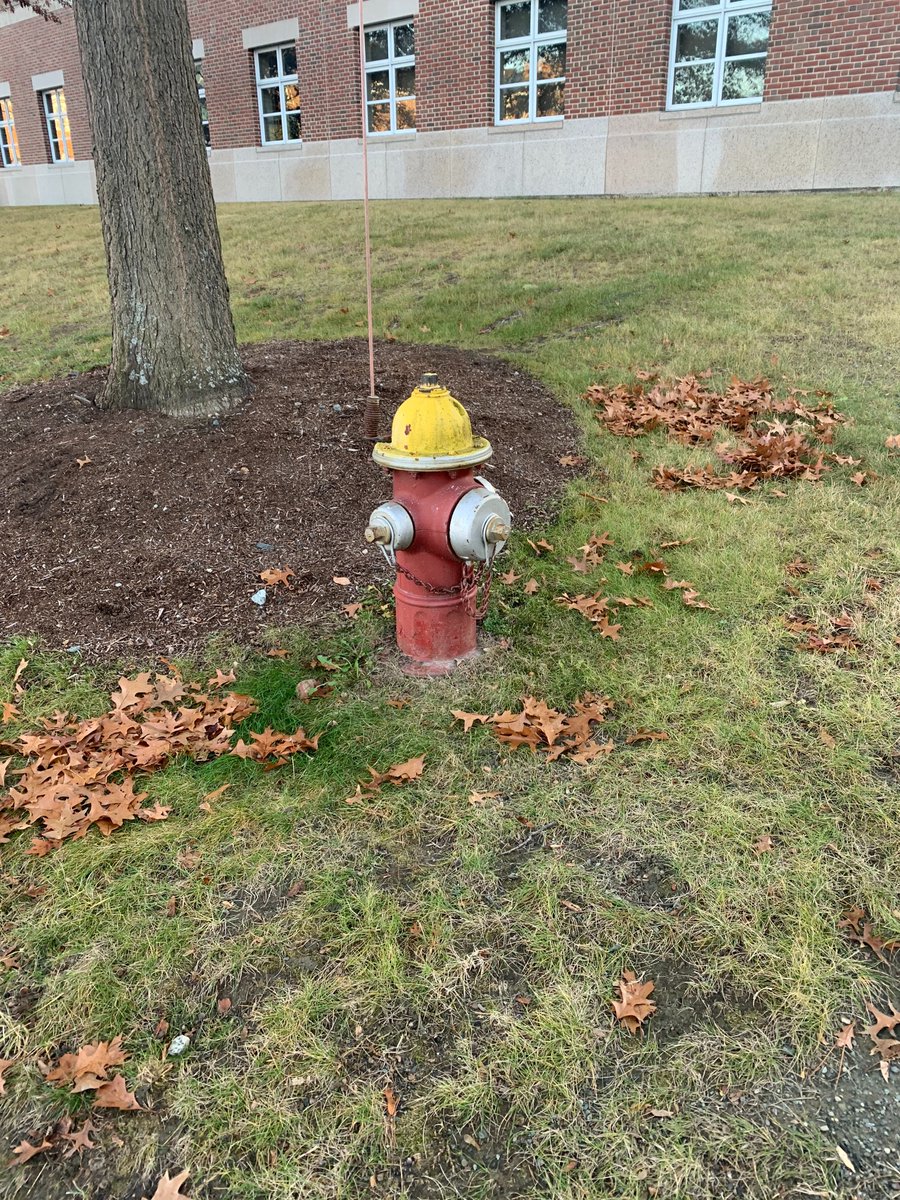
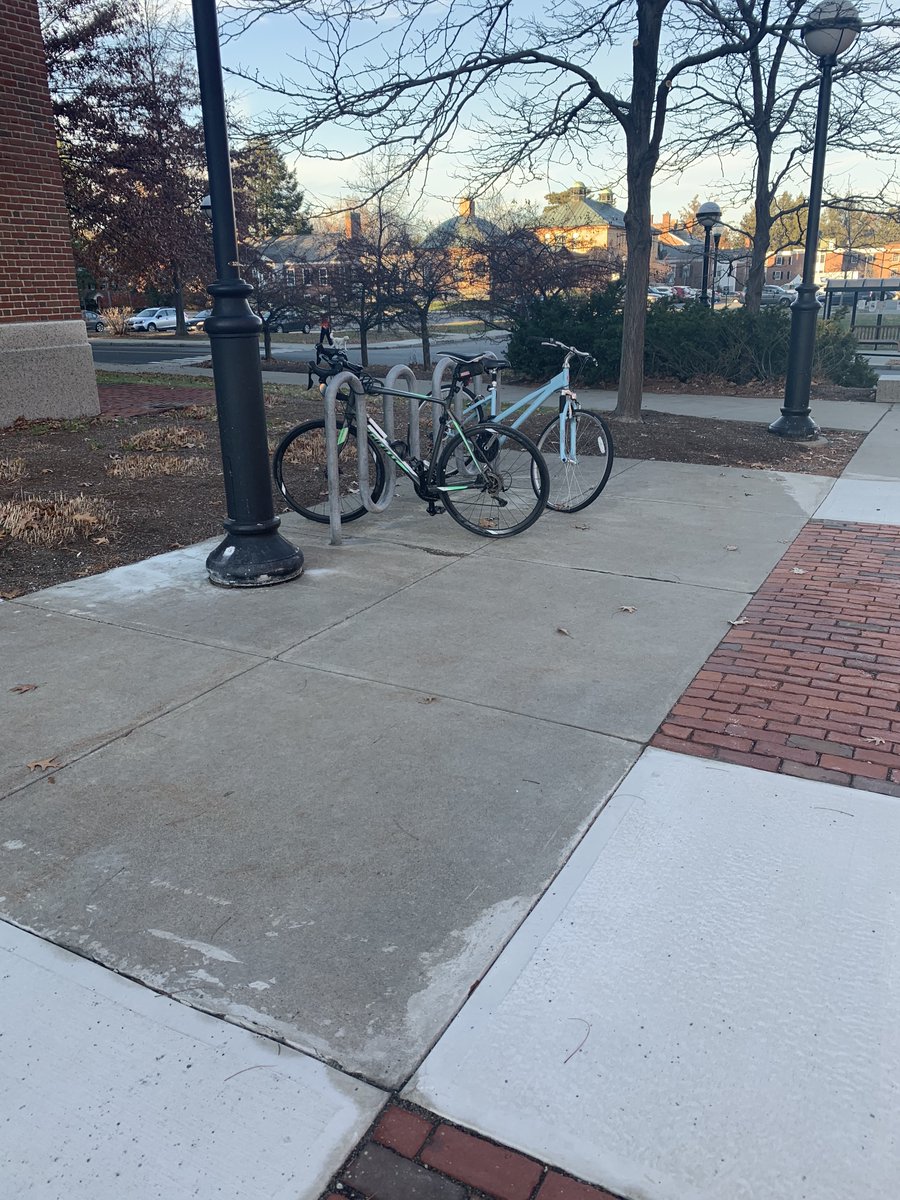
![Also, the reading discussed how "nobody lives in just one place...to understand the past, we need to examine the range of places where ancient peoples lived" [2]. Colleges are great examples of people living in multiple places. /6 Also, the reading discussed how "nobody lives in just one place...to understand the past, we need to examine the range of places where ancient peoples lived" [2]. Colleges are great examples of people living in multiple places. /6](https://pbs.twimg.com/media/EmaQj4-XUAIe4Hm.png)


